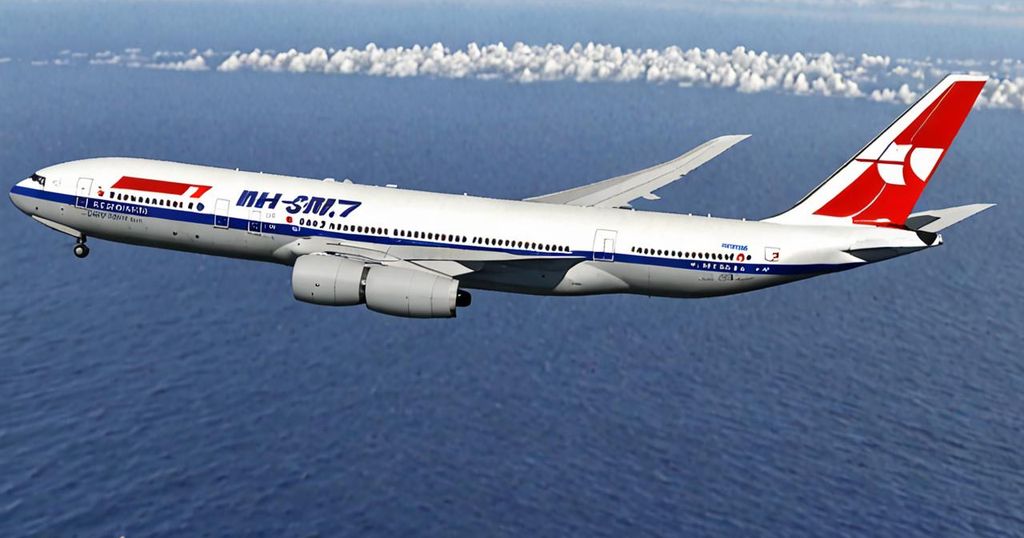Ten years ago, one of the most baffling mysteries in aviation history unfolded when Malaysia Airlines Flight MH370 vanished into thin air. Despite extensive search efforts, the fate of the plane and the 239 people on board continues to remain shrouded in uncertainty. However, recent developments suggest that a potential revival of the search operation may be on the horizon, reigniting hopes of unraveling the truth behind this enigmatic tragedy.
On March 8, 2014, the Boeing 777 aircraft disappeared from air control radar less than an hour after departing from Kuala Lumpur, en route to Beijing. The events leading up to the plane’s disappearance are just as puzzling as the disappearance itself. The abrupt cessation of the plane’s transponder and the subsequent alteration of its flight path have confounded experts and fueled numerous theories ranging from hijacking to technical malfunctions, making it an exceedingly complex case to crack.
The vanishing of MH370 is not only a technical conundrum but also a human tragedy. The passengers aboard the ill-fated flight comprised a diverse group of individuals, each with their own unique stories and aspirations. From calligraphy artists to technology professionals, the plane carried people from different walks of life, further amplifying the profound impact of the tragedy on families and communities around the world.
In the aftermath of the disappearance, an extensive search operation spanning the South China Sea and the Indian Ocean was launched, involving a multinational effort with contributions from various countries. Despite the utilization of advanced technology and exhaustive search efforts, the mission ended in frustration and despair, as no significant breakthroughs were made in locating the missing aircraft. The diligent search, however, provided valuable insights into the formidable challenges posed by the vastness and depth of the Indian Ocean, highlighting the complexities associated with such unprecedented search operations.
As the tenth anniversary of the tragedy approaches, there is renewed hope on the horizon, with Malaysia’s government expressing willingness to consider proposals for resuming the search for MH370. The possibility of leveraging cutting-edge technology and innovative approaches to conduct a fresh search offers a glimmer of hope for closure and answers for the families of the victims. It also underscores the unwavering commitment to unraveling the truth behind this enduring mystery.
While the resurgence in the search for MH370 holds promise, it also raises poignant questions about the broader implications of the tragedy. The need to bolster aviation safety and resilience has been a pivotal outcome of this tragedy, leading to significant advancements in regulations and technologies aimed at preventing similar disasters in the future. The introduction of enhanced tracking devices for aircraft, scheduled to come into effect in 2025, reflects a proactive step towards fortifying aviation safety standards and mitigating the likelihood of such incidents occurring again.
As MH370’s perplexing saga continues to captivate global attention, the unresolved questions and lingering anguish serve as poignant reminders of the profound impact of the tragedy. Amidst the quest for closure and answers, the enduring legacy of the MH370 tragedy lies in its role as a catalyst for transformative changes in aviation safety, as well as a testament to the resilience and perseverance of the human spirit in the face of incomprehensible loss.

Leave a Reply